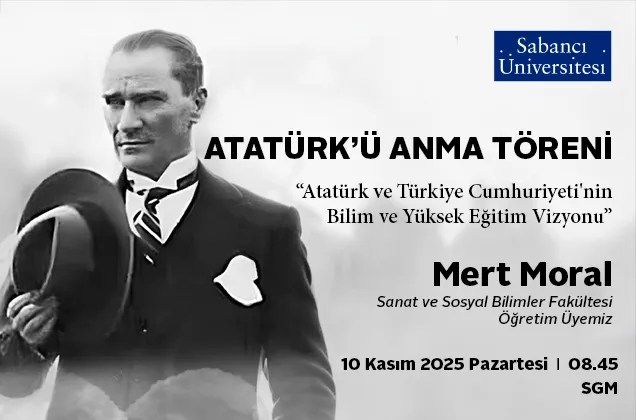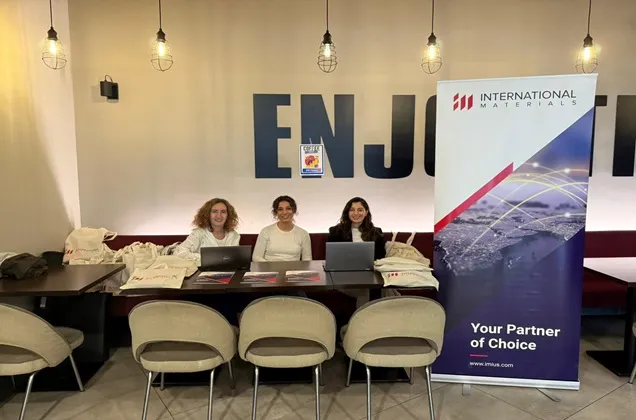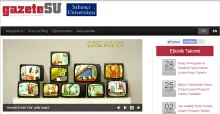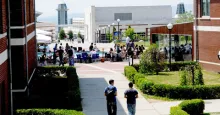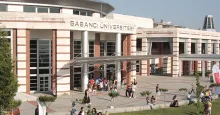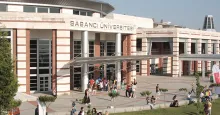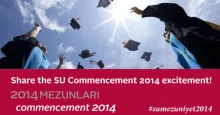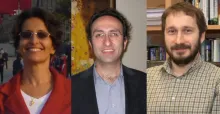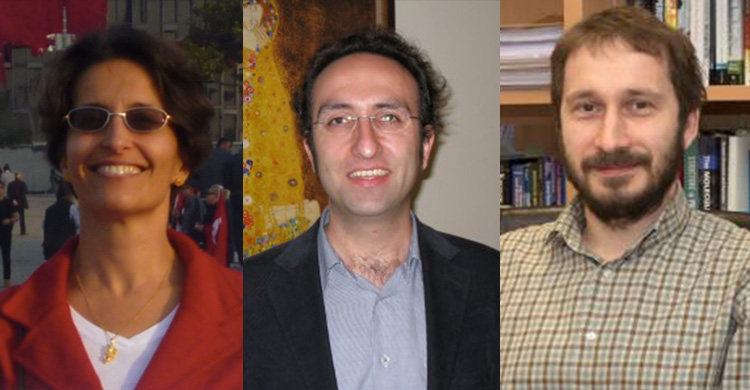24/06/2014
Mr. Ziya Boyacıgiller, our Practice Faculty Member in the School of Management and Mrs. Nakiye Boyacıgiller’s spouse, has passed away on Thursday, June 19th, 2014 in U.S.A. We would like to convey our sincere condolences to his family, friends, all Sabancı University members and the entrepreneurship community.
The funeral will take place on Monday, 30 June 2014, in Kilyos Cemetery after the midday prayer Bebek Camii.

